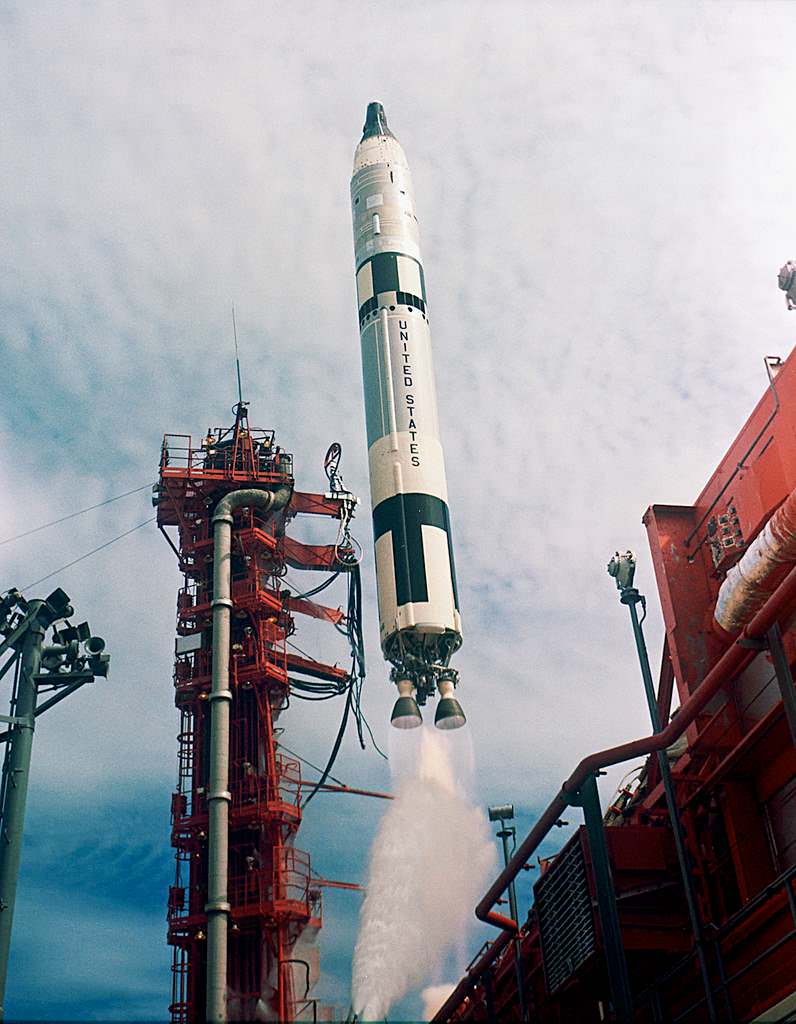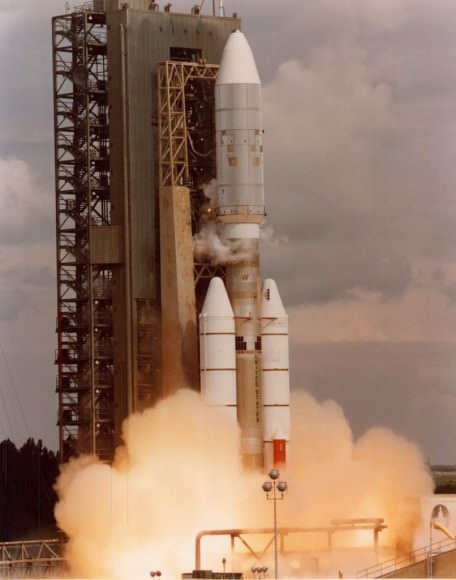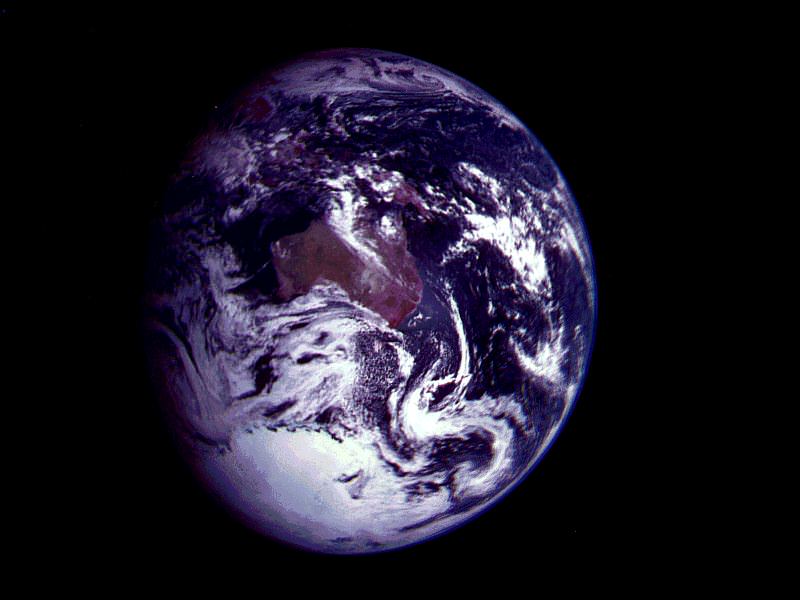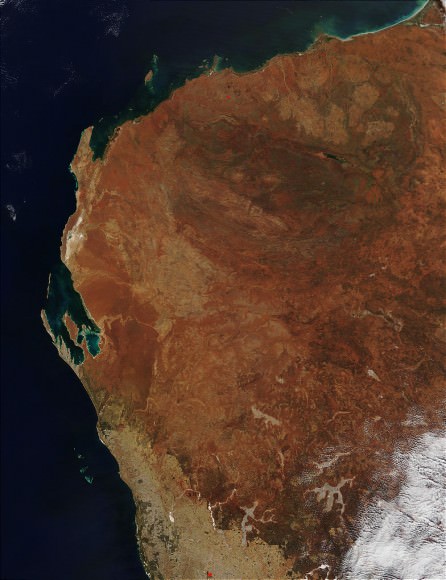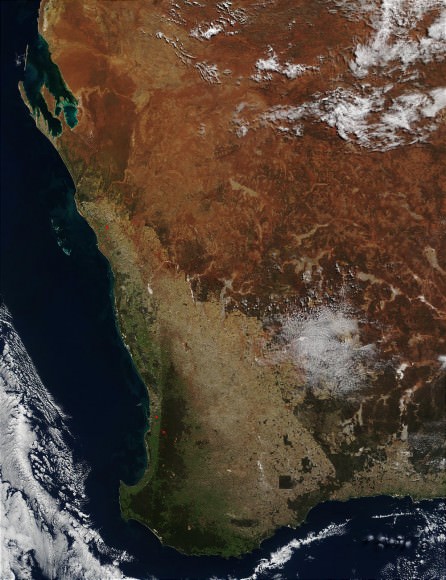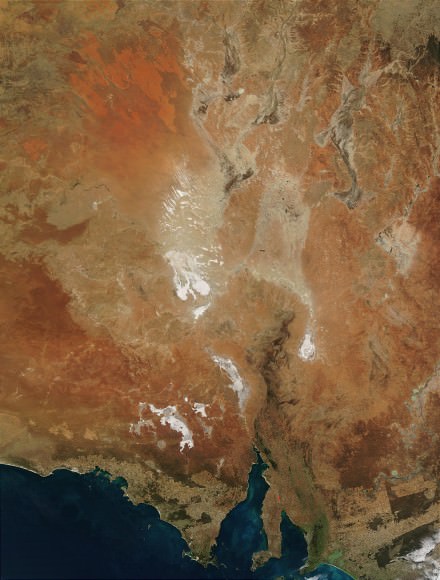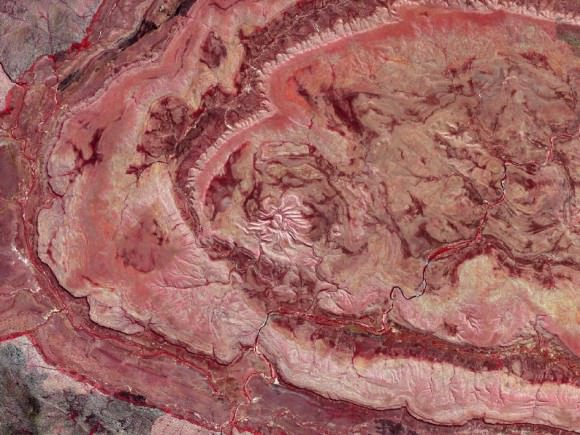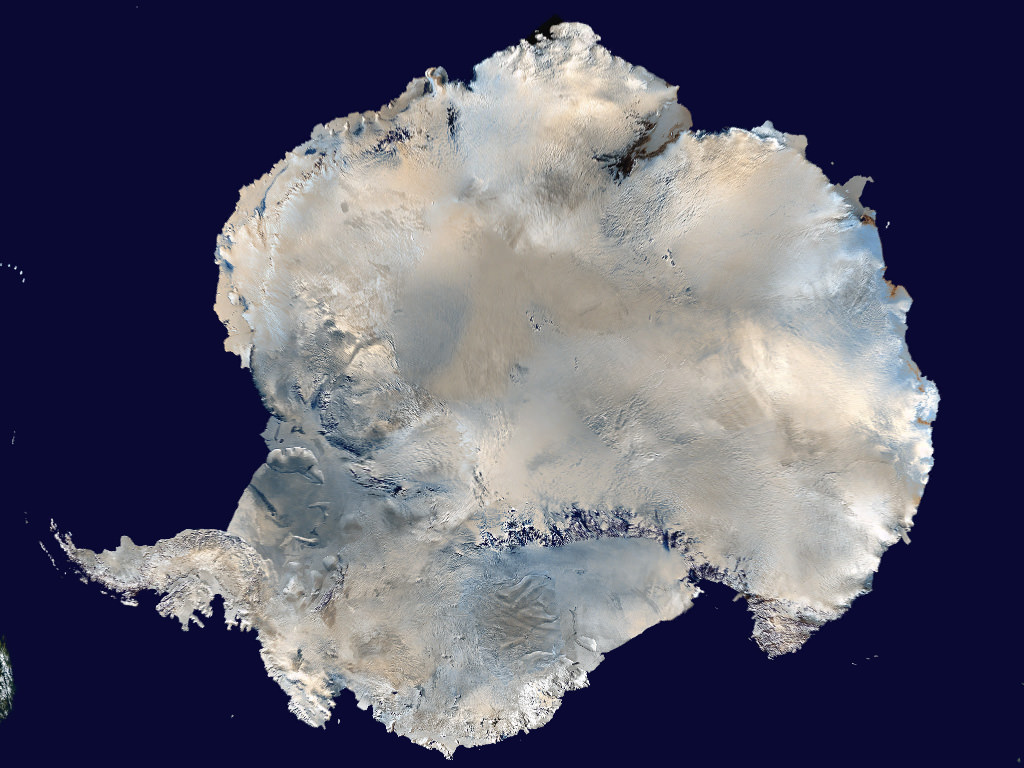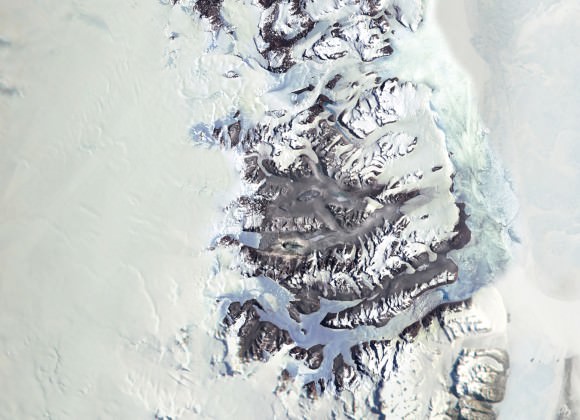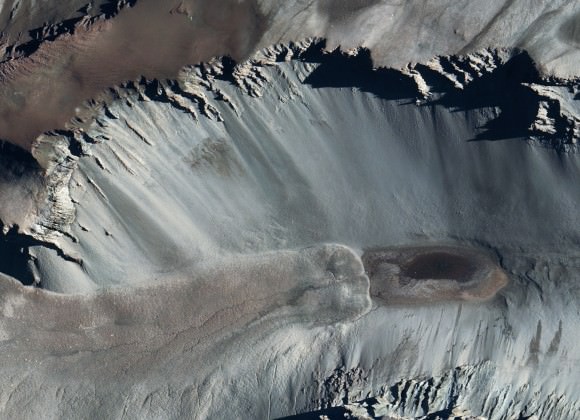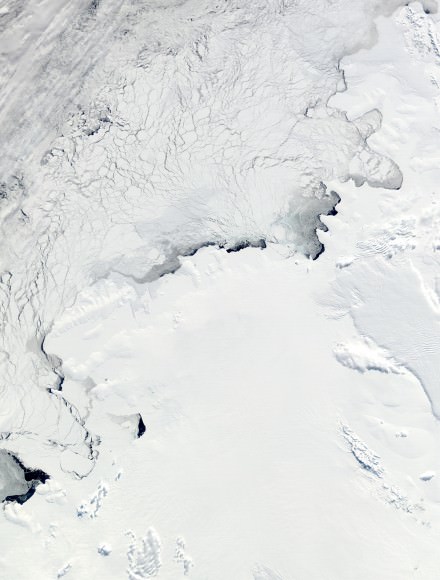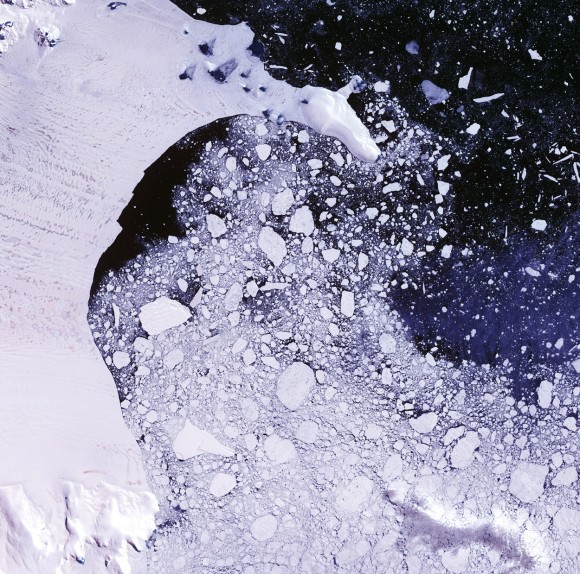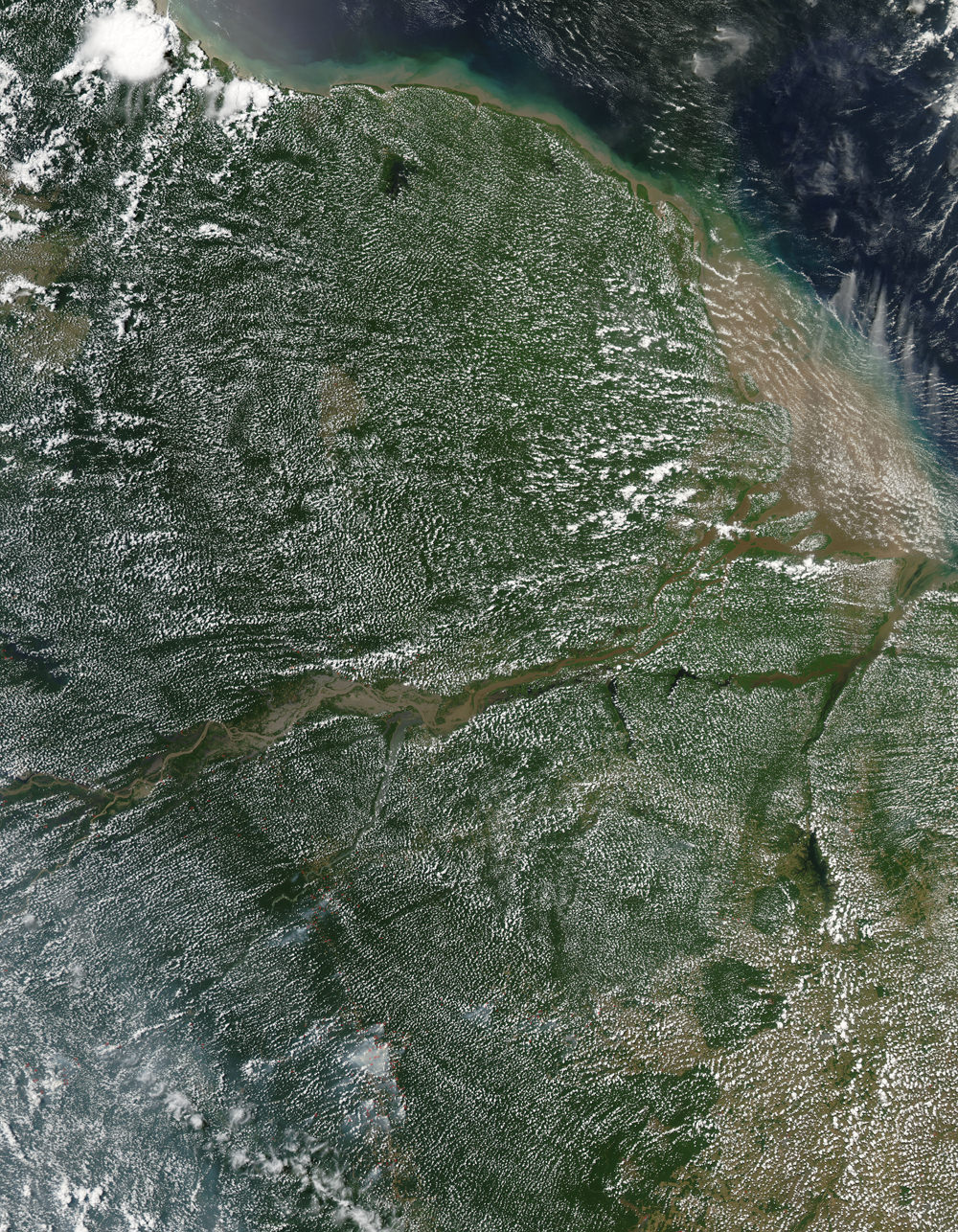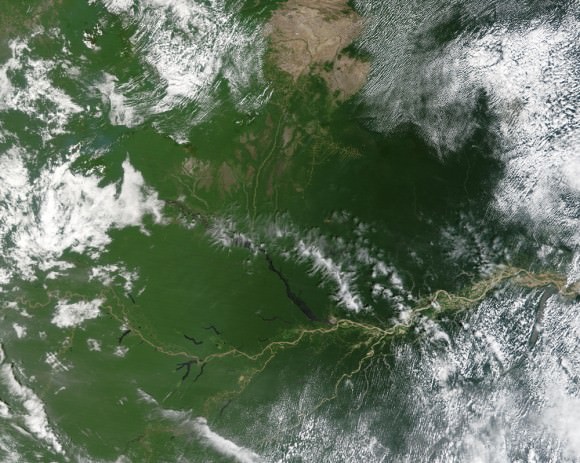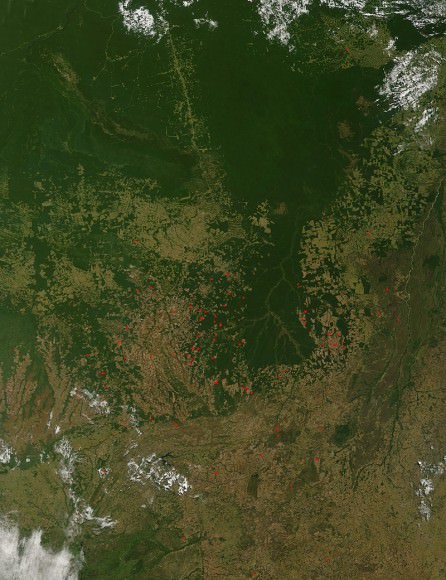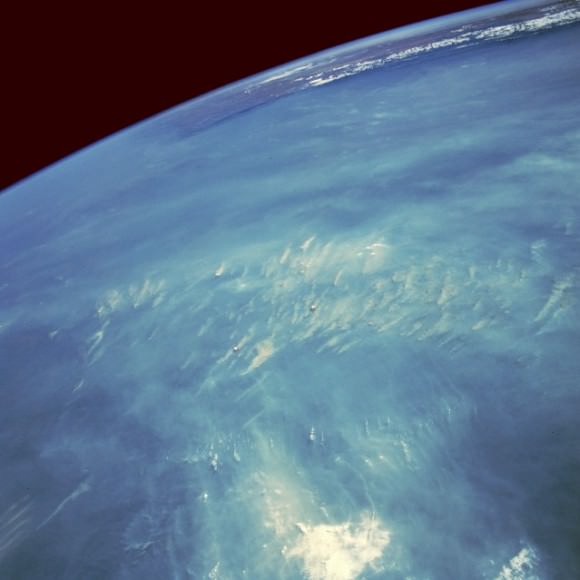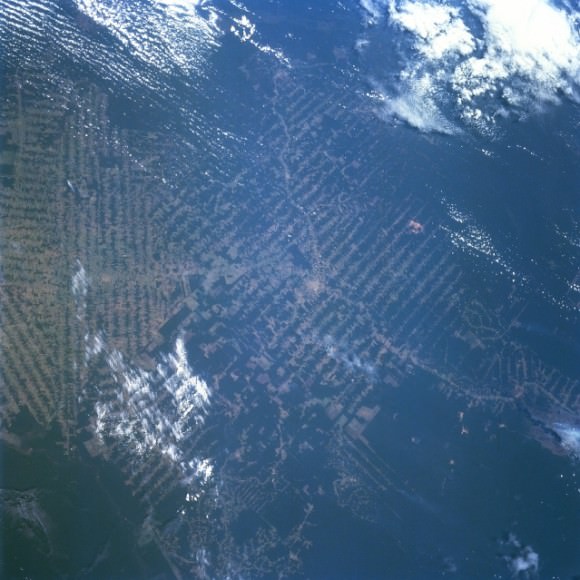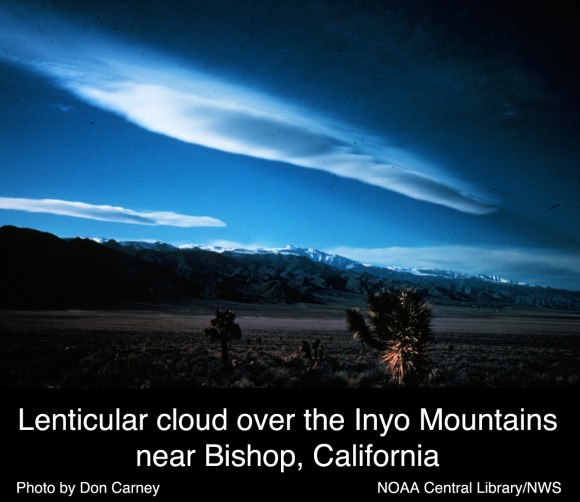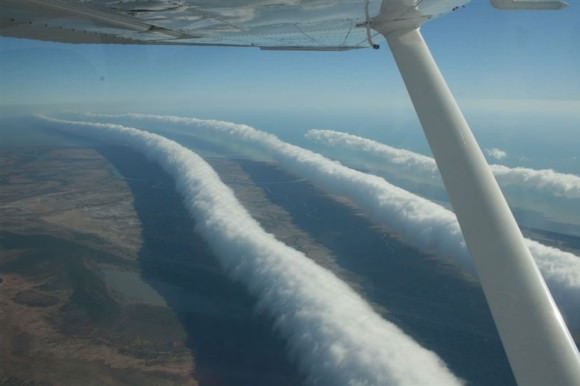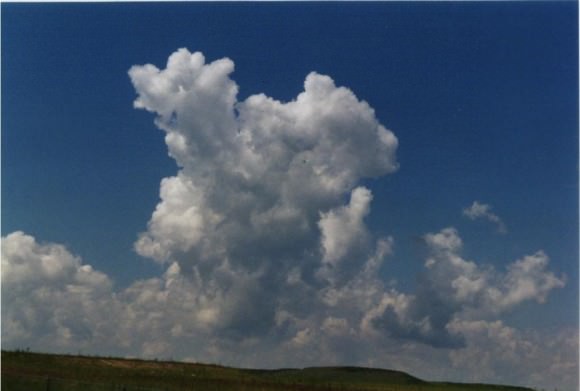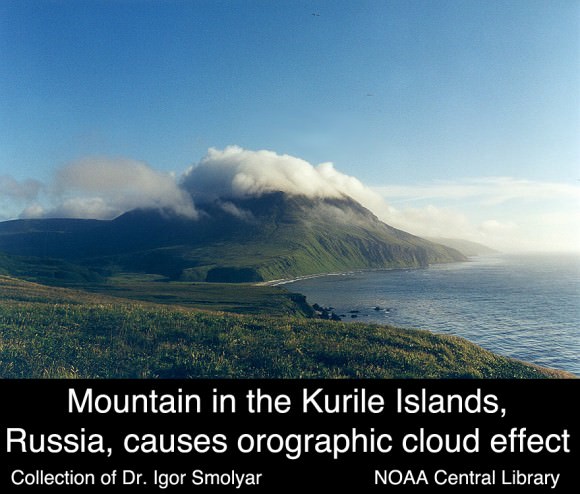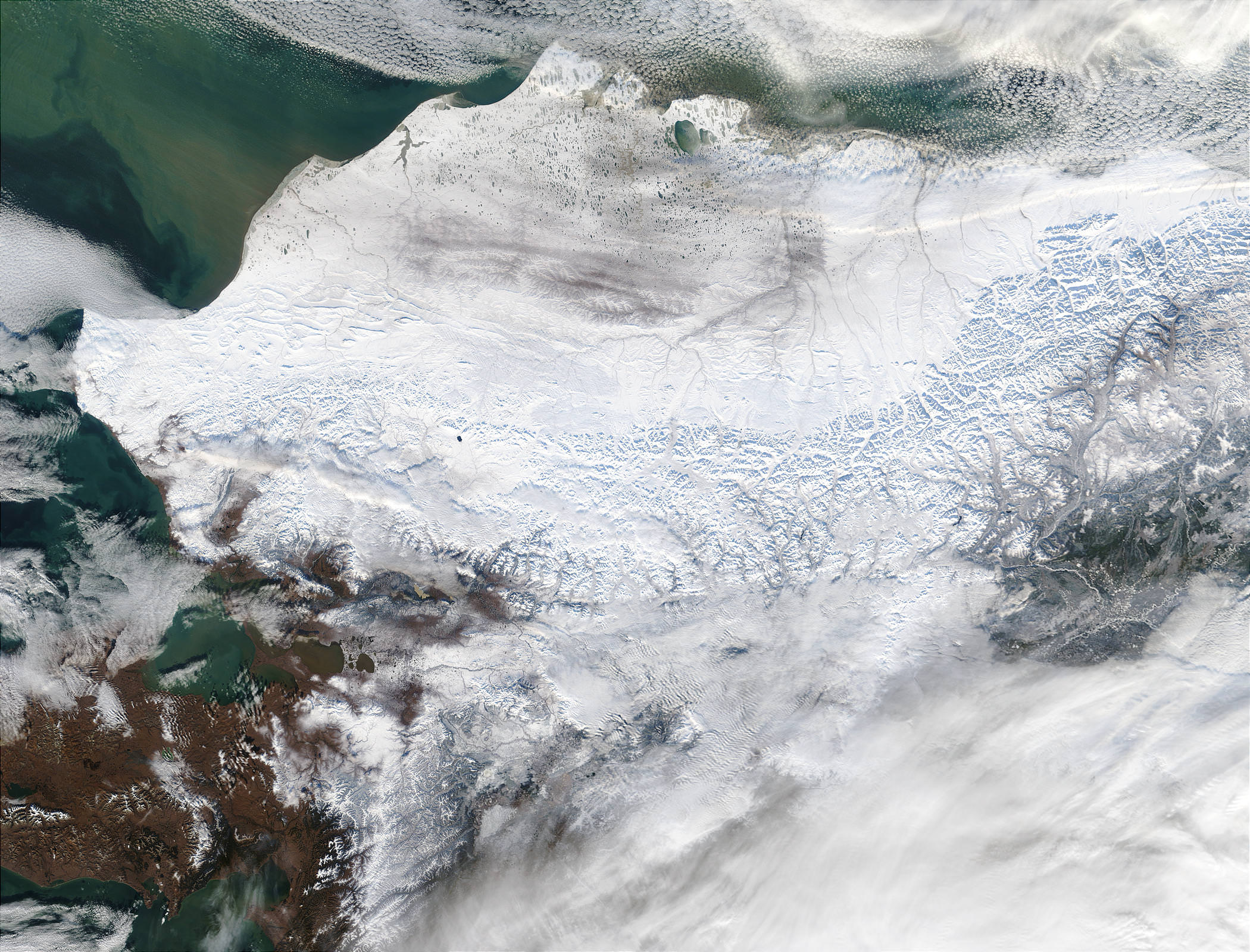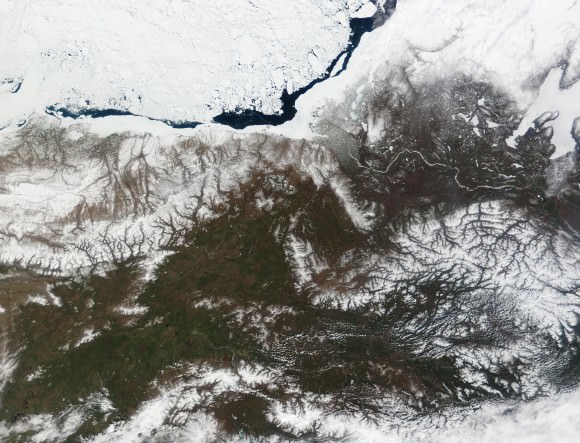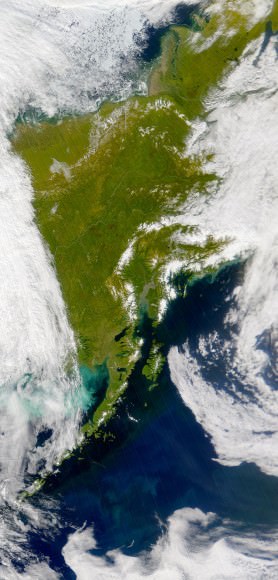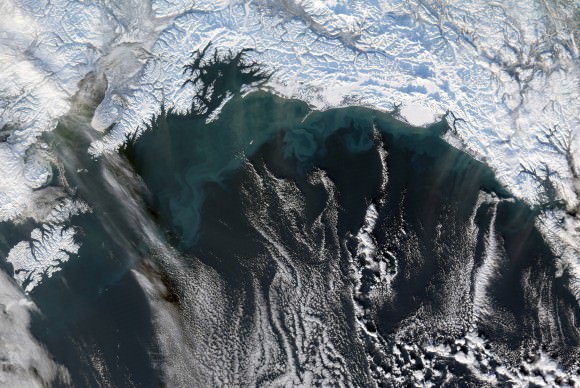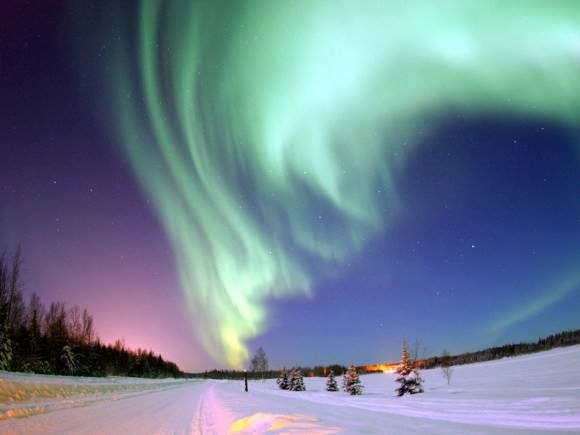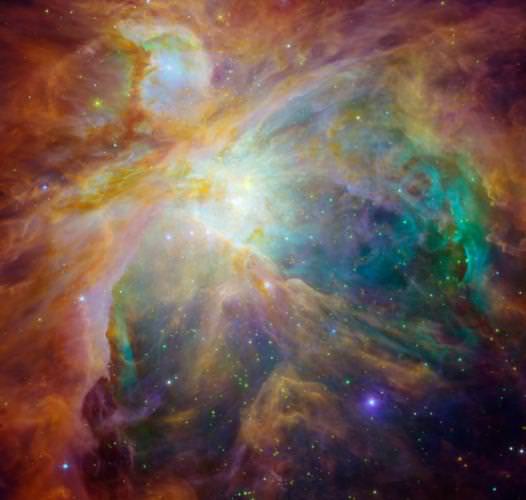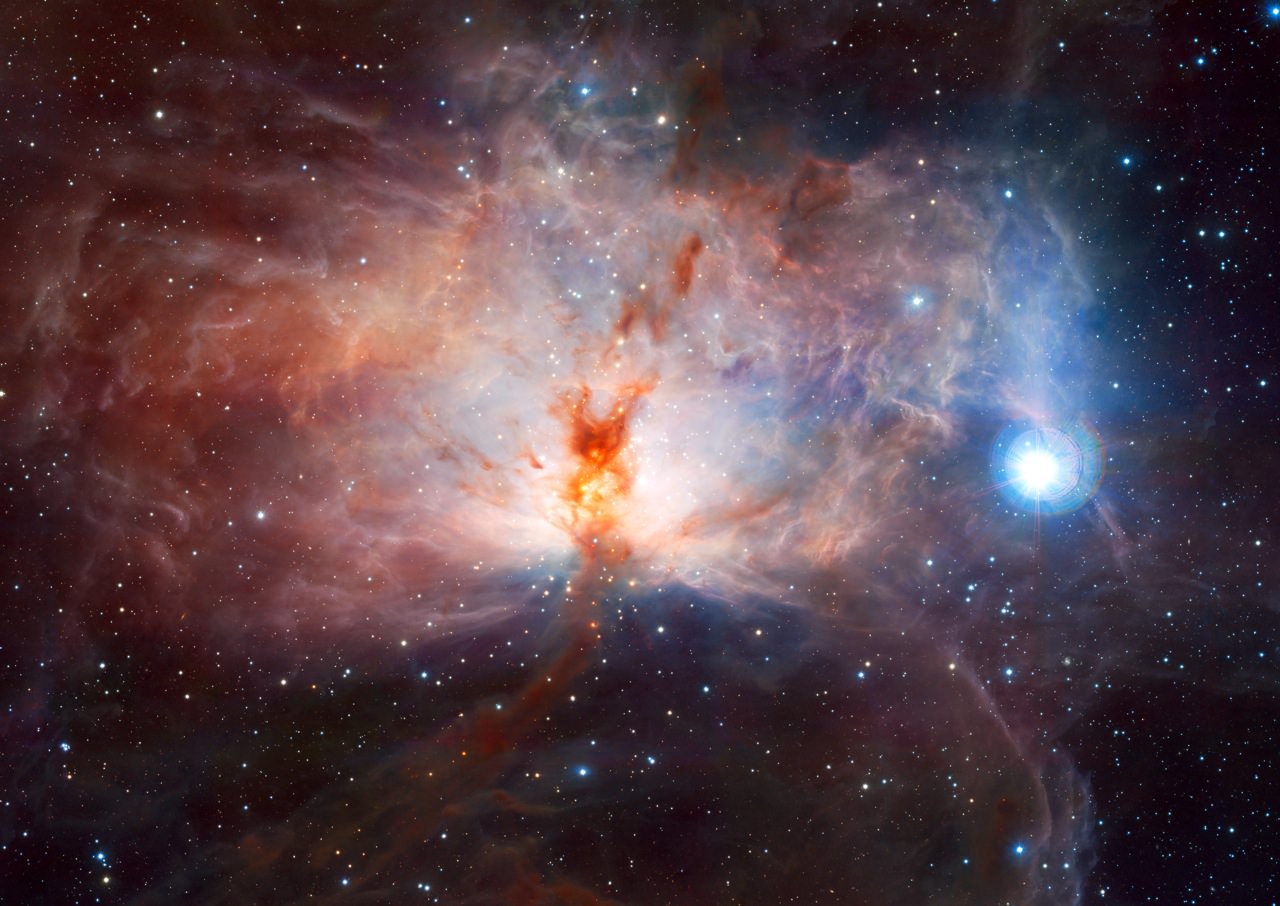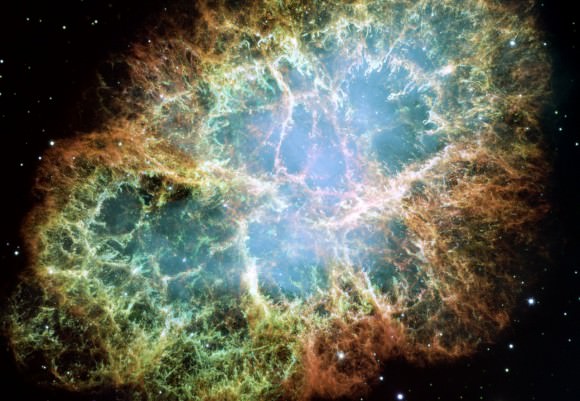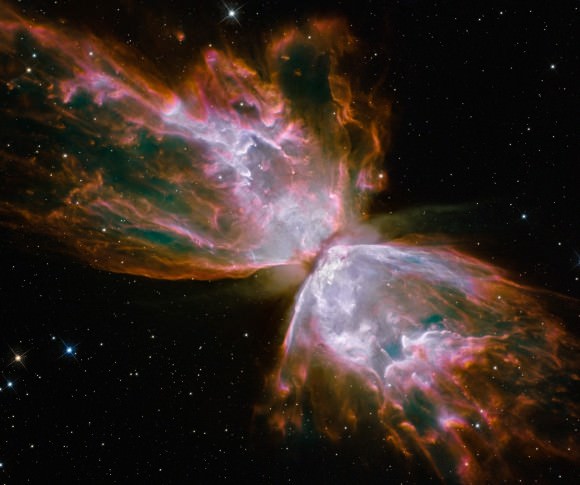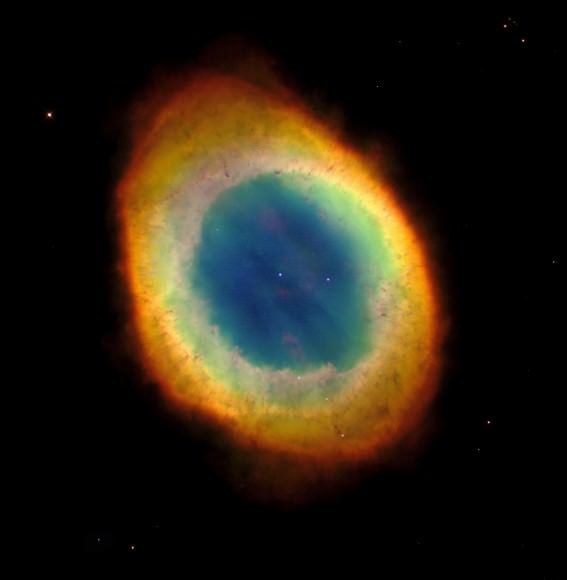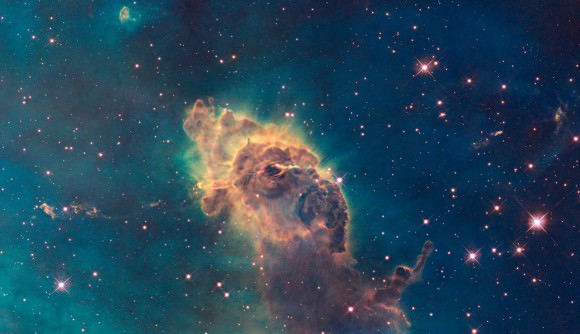Here are some cool pictures of rockets.
[/caption]
This is an image of the Gemini-Titan 11 rocket lifting off from Cape Canaveral in 1966. This was the 9th manned flight as part of the Gemini program, carrying Charles Conrad and Richard Gordon into space.
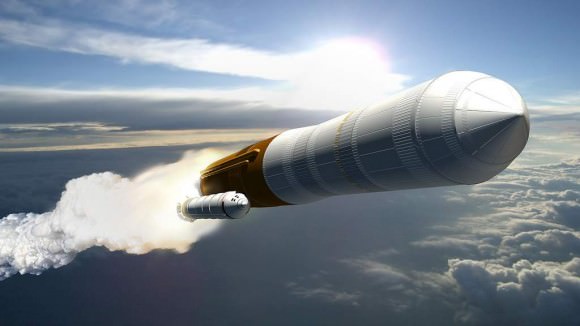
This is an artist’s illustration of the Ares V rocket, currently under development by NASA. This enormous rocket will be the lifter that carries equipment into space for future human Moon missions.
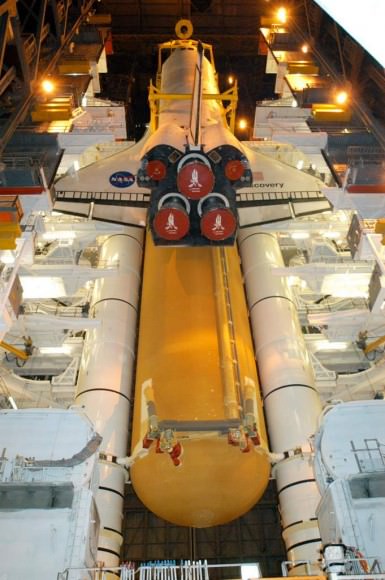
This is an image of the space shuttle’s external fuel tank coming out of a hanger. The tank is filled with liquid hydrogen and helium, which feeds the space shuttle’s main engines at the tail of the spacecraft. It’s covered with an orange foam to keep the cold liquids insulated.
This is an image of NASA’s Voyager 2 launch atop a Titan III rocket. Voyager 2 went on to explore all of the outer planets in the Solar System, sending back the first ever images Uranus and Neptune.
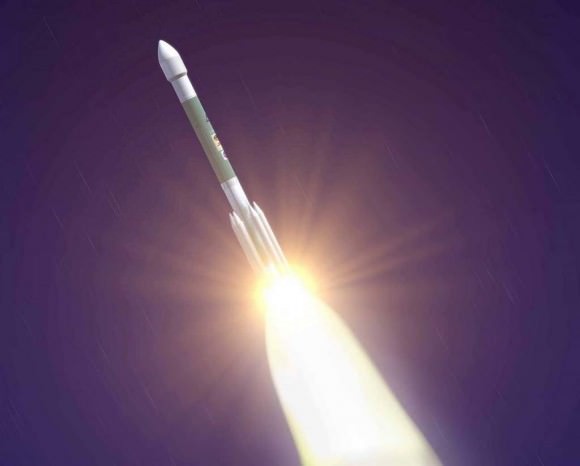
This is an image of a Delta II rocket blasting off with one of the Mars Exploration Rovers on board.
We’ve written many articles about rockets for Universe Today. Here’s an article about rockets launched by India to monitor an eclipse, and here’s an article about how rockets work.
If you’d like more info on rockets, check out NASA’s Rockets Educator Guide, and here’s a link to the Beginner’s Guide to Rockets.
We’ve recorded an entire episode of Astronomy Cast all about rockets. Listen here, Episode 100: Rockets.

